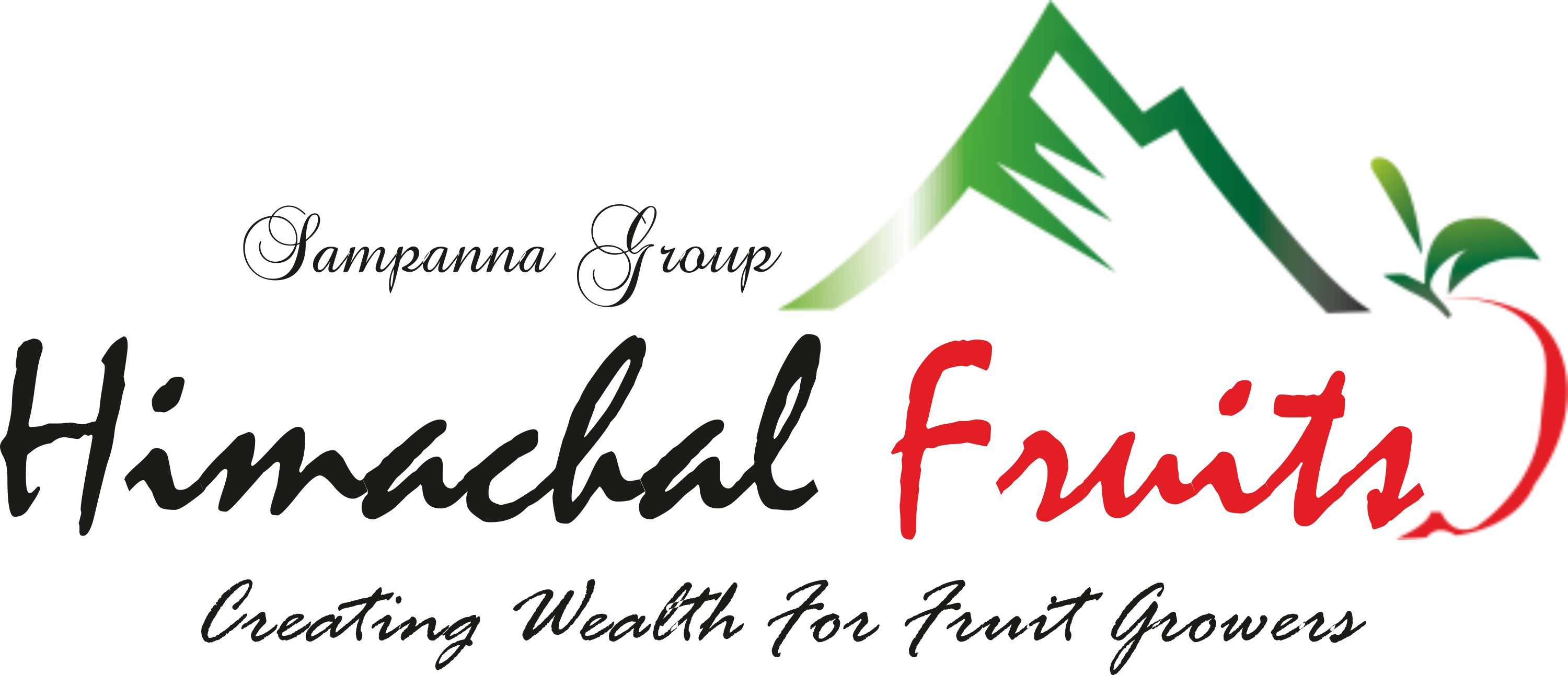Spring – fruit tree care
Apple tree requires regular caring and pest management to produce good yield & quality fruit. Spring is the right time for such maintenance activities; spring pruning and dormant oil application. So here is a tip for the maintenance of fruit trees in your farms, what all can be done in the month of March. Pruning is an essential maintenance practice as trees pruned on a regular basis have improved fruit quality and size, and will be stronger to better support fruit weight. Pruned fruit trees are easier to work with since the size and shape of the tree is kept in shape. Finally, apple trees pruned on a regular basis are less likely to have as many pest problems as in un-maintained farm.
Spring Pruning
Though most of the pruning is carried out in winters when fruit trees are dormant stage, spring pruning can be of benefit and can benefit the tree, its fruit quality. By the time the tree is in leaf it is clear which branches are productive and which are dead, so that dead wood and unproductive branches can be removed to unburden the tree. Spring pruning will limit the trees’ growth and allow more strength to go into fruit production but should be restricted to light and careful thinning.
Fertilizing of young fruit trees
Fruit trees can also be planted in early spring but the best time is winters. If the trees are young, it is important to keep the base of the fruit plant free of weeds and unwanted grass to a diameter of at least 3 feet by mulching or spraying. Starting with your fruit trees’ second year in the ground, they should be fertilized in spring with a nitrogen fertilizer, either organic or synthetic. Nitrogen should be supplied at the rate provided by the producer / manufacturer in the quantity mentioned, for each year for apples, pears, cherry and fruit trees.
Disease control in spring
Rotting fruit and dead leaves can be a source of contamination in the new season that can spread either air or water, so clear any remaining fruit and leaves out from under fruit trees in early spring. An early spring spray with dormant oil, before the buds and new shoots appear, will help reduce scab,mites and scale. Spring is also the time to set traps for insects such as codling moth, apple maggot and cherry fruit fly. A simple trap can be made by hanging a red ball resembling like fruit tree covered with petroleum jelly. A trap containing natural fruit pulp, sugar syrup and vinegar, mixed well with wheat(to make thick), can be hung in apple trees to trap codling moths.
Oil spray
Foliar feeding of dormant oil is another early spring activity to consider when growing apples. Dormant oils will help control scale and other insects that may have overwintered on the bark of the tree, but have no effect on diseases, such as apple scab, or insects that attack fruit later in the season, such as apple maggot. Pests such as these require cover sprays on the foliage and developing fruit during the growing season. Apply dormant oil when temperatures are above freezing and expected to stay above freezing for the next 24 hours. Make this application before the buds on the tree open. Managing apple scab and other insect problems can wait until later this spring.
